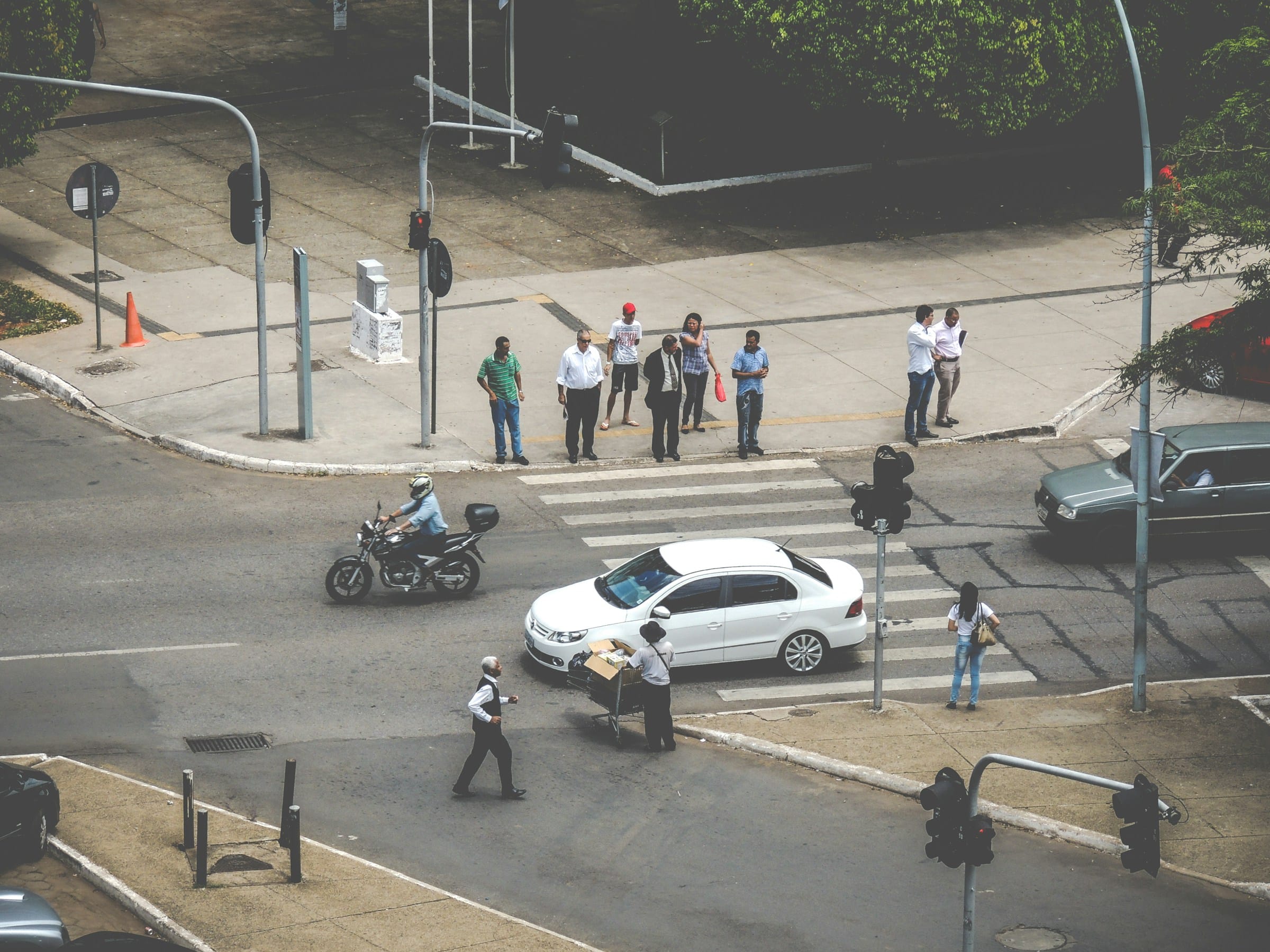How Can Urban Placemaking Promote Public Health and Foster Social Inclusion?

As we continue to grapple with the complexities of urban life in the 21st century, the concept of placemaking has emerged as a powerful tool for promoting public health and fostering social inclusion. Driven by the ethos of community-led development, placemaking leverages local assets, inspiration, and potential to create spaces that promote health, happiness, and well-being. In this article, we delve into the role of placemaking in shaping our urban spaces and how it is catalyzing shifts in public health and social cohesion.
The Intersection of Placemaking and Public Health
Public health and urban planning have been intertwined since their inception. Historically, urban planning emerged as a response to the health crises of the industrial era. Today, planning and public health are reconnecting, focusing on how the physical environment influences health outcomes.
En parallèle : How Does the Use of Weighted Blankets Influence Sleep Quality in Adults with Insomnia?
Placemaking, at its core, embraces this connection. It aims to create spaces that facilitate physical activity, promote mental wellness, and reduce exposure to harmful elements. Utilizing a green approach, placemaking integrates natural elements into urban spaces, encouraging interaction with nature, which research indicates can have significant health benefits.
A study available on Crossref and PMC highlights these benefits, stating that exposure to green environments can reduce stress, improve mood, enhance cognitive function, and increase life span. By fostering these green, health-promoting environments, placemaking contributes to public health on a broad scale.
A lire en complément : Can the Consumption of Omega-3 Rich Foods Help in Reducing Postpartum Depression?
Social Inclusion through Placemaking
Going beyond physical health, placemaking also has a critical role to play in promoting social inclusion. In an increasingly urbanized world, maintaining and fostering a sense of community can be challenging. Urban spaces can often be isolating, with residents living in close proximity, yet feeling disconnected from their neighbors.
Placemaking counters this by creating spaces that encourage social interaction and foster a sense of belonging. These are spaces where individuals can meet, interact, and form connections, breaking down barriers and fostering a stronger sense of community.
A Google Scholar article underscores this point, stating that well-designed, inclusive public spaces can help to reduce social isolation and foster community cohesion. Placemaking, by focusing on community-led, inclusive design, has the potential to turn our urban spaces into vibrant, connected communities.
The Role of Local Planning and Development
Local planning and development are central to successful placemaking. Community participation ensures that the spaces created are reflective of the needs and desires of the people who live and work there.
Facilitating this community involvement can, however, be challenging. It requires a commitment to open, transparent processes and a genuine willingness to listen and respond to community input.
The benefits of this approach are clear. A locally-led placemaking initiative has the potential to transform an area, creating spaces that not only promote public health and social inclusion but also contribute to local economic development.
The Potential of Placemaking for Future Urban Spaces
As we look to the future of our urban spaces, the potential of placemaking is expansive. It offers a way to create healthier, happier, and more inclusive cities, fostering communities that are not just places to live, but places to thrive.
The importance of this cannot be overstated. As an article on DOI notes, “the design and management of public spaces is a matter of social justice, public health, and sustainability.” Placemaking, in this context, is not just a tool for urban design, but a powerful catalyst for positive social change.
Leveraging Placemaking for Social Change
Placemaking isn’t just about physical transformations – it’s about social change. By fostering spaces where people can connect, we can start to break down barriers, reduce social inequality, and create more inclusive societies.
As urban scholar and placemaking pioneer Jane Jacobs once observed, "Cities have the capability of providing something for everybody, only because, and only when, they are created by everybody." This sentiment underlines the essence of placemaking – an approach that empowers communities to shape their spaces, fostering public health, promoting social inclusion, and ultimately, creating cities that are vibrant, resilient, and deeply connected.
Transformative Placemaking: A catalyst for Change
The transformative power of placemaking is undeniable. It’s not just about making aesthetic changes to a space, but rather about using these changes as a launching pad for broader social transformations. Placemaking engages communities, creates a sense of belonging, and encourages healthier lifestyles, which in turn contributes to overall public health.
Research shows that the built environment can significantly influence physical activity levels. According to a PubMed free article, there is a strong correlation between well-designed, walkable urban spaces and increased levels of physical activity among residents. Walkable communities encourage residents to engage in daily physical activity, reducing sedentary behaviors and the health risks associated with them.
Green spaces, a vital component of placemaking, also play a significant role in promoting public health. A Google Scholar review showed that urban green spaces are linked to a range of health benefits, including lower mortality rates, reduced stress levels, improved mental health, and increased social cohesion.
The Brookings Institution’s Bass Center for Transformative Placemaking advocates for a place-led approach to economic development. By focusing on creating vibrant, inclusive, and sustainable places, we can not only enhance the physical attractiveness of urban areas but also empower communities and improve the overall quality of life.
In this way, placemaking acts as a catalyst for change, enabling communities to shape their future and redefine urban living.
Conclusion: Placemaking as the Future of Urban Planning
As we look to the future, the role of placemaking in urban planning cannot be overstated. Placemaking has the potential to reshape our urban spaces, creating environments that foster social inclusion, promote public health, and spur economic development.
A DOI article on the health benefits of urban green spaces concludes that the creation and management of these spaces is a matter of social justice, public health, and sustainability. By integrating green spaces into the urban fabric, we are not only improving public health outcomes but also promoting social cohesion and equity.
Similarly, a Crossref article highlights the role of physical activity in promoting public health, and the role that the built environment plays in facilitating this. Placemaking, through its focus on creating accessible and attractive spaces, can significantly contribute to promoting physical activity and overall public health.
Placemaking is more than just a tool; it’s a philosophy, a vision for creating spaces that are not just built, but lived in. It’s about empowering communities to shape their environments, fostering a sense of belonging, and creating spaces that promote health and well-being.
As we move forward, the principles of placemaking should guide our urban planning practices. By leveraging the power of placemaking, we can create cities that are vibrant, inclusive, and healthy – cities that truly serve the needs of their residents.
